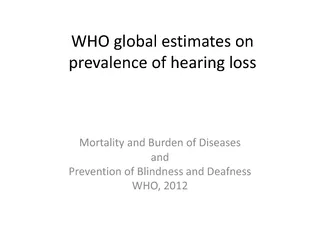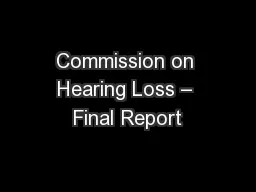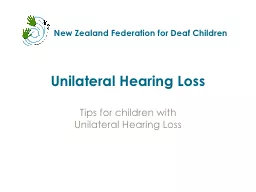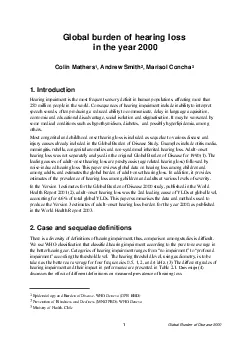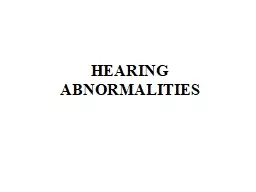PDF-WHO global estimates on prevalence of hearing loss Mor
Author : kittie-lecroy | Published Date : 2015-05-24
The estimates are based on 42 population based studies Estimates are as follows d population 328 million 91of these are adults 183 million males 145 million females
Presentation Embed Code
Download Presentation
Download Presentation The PPT/PDF document "WHO global estimates on prevalence of he..." is the property of its rightful owner. Permission is granted to download and print the materials on this website for personal, non-commercial use only, and to display it on your personal computer provided you do not modify the materials and that you retain all copyright notices contained in the materials. By downloading content from our website, you accept the terms of this agreement.
WHO global estimates on prevalence of hearing loss Mor: Transcript
Download Rules Of Document
"WHO global estimates on prevalence of hearing loss Mor"The content belongs to its owner. You may download and print it for personal use, without modification, and keep all copyright notices. By downloading, you agree to these terms.
Related Documents

